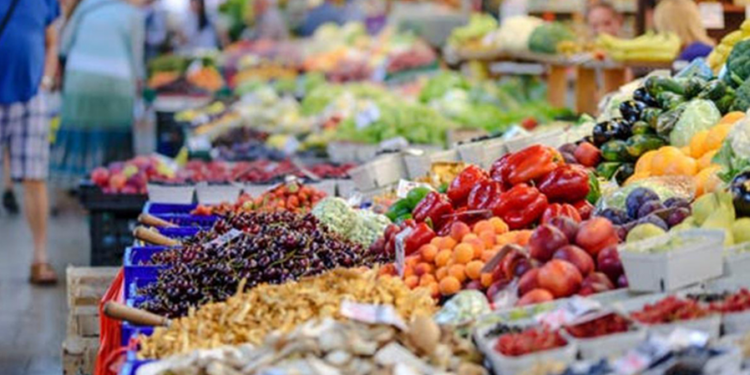The United Nations Food Agency’s World Price Index hit a new two-year low in August, reversing the brief rebound from the previous month.
This reversal was driven by a decline in the prices of the majority of food commodities, although there were slight increases noted in rice and sugar costs.
According to Reuters, the Food and Agriculture Organization (FAO) announced on Friday that its price index, which monitors the prices of the most traded food commodities worldwide, averaged 121.4 points in August.
This represented a decline from the revised 124.0 points reported for the prior month.
The August reading was the lowest since March 2021 and 24% below an all-time high reached in March 2022 in the wake of Russia’s invasion of Ukraine.
Russia-Ukraine Crisis on Food Inflation
Russia’s invasion of Ukraine is raising food prices across the world. Russia and Ukraine are among the world’s most important suppliers of key staples and fertilizers.
Due to the highly integrated nature of these markets, people thousands of kilometres away from the battleground are suffering from the war’s implications.
By causing disruptions in the supply of these commodities, the war is driving up food and fertilizer prices.
According to the recent World Bank report, nearly 50 countries depend on Russia and Ukraine for at least 30% of their wheat import and, of these, 36 countries source over 50% of their wheat from the two countries.
Due to (anticipated) shortages in supply following Russia’s invasion, global wheat and maize prices skyrocketed and are respectively at 48 and 28% higher than in early February (before the outbreak of the war), and 79 and 37% higher than the year before. #
Higher global food prices will directly translate to domestic food price inflation, especially in food import-dependent countries, limiting the ability of people to afford their food.
West Africa Food Crisis
The UN also noted that the repercussions of the Ukraine war will be particularly harsh on West Africa and the Sahel region.
Given their heavy reliance on food imports, this impending global food crisis will severely impact the region and worsen food security, especially among vulnerable populations.
Already, local prices for essentials like rice, wheat, oil, sugar, and processed goods have surged by 20% to 50% in different countries across the region.
The World Food Programme (WFP) projects that the war’s consequences could result in 7 to 10 million additional people in West Africa experiencing food insecurity.
Even before the conflict, food security predictions for the West Africa and Sahel region were grim. The region was grappling with a food and nutrition crisis for the third consecutive year, with 33.4 million people expected to require food assistance from June to August 2022.
High levels of food insecurity in the region are attributed to a mix of structural challenges, including fragility, high poverty rates, climate change, environmental degradation, and low agricultural productivity.
Tinubu’s Food Security Emergency
Earlier in July, President Bola Tinubu declared an immediate State of Emergency on food insecurity to tackle the increase in food prices, his spokesperson has said.
Presidential spokesperson Dele Alake said Mr Tinubu is “not unmindful of the rising cost of food and how it affects the citizens.”
He further stated,
- “The rise in food inflation on a year-on-year basis was caused by increases in prices of oil and fat, yam and other tubers, bread and cereals, fish, potatoes, fruits, meat, vegetable, and spirit,
- In the immediate term, we intend to deploy some savings from the fuel subsidy removal into the Agricultural sector, focusing on revamping the agricultural sector,”
What You Should Know
Nigeria’s annual inflation rate rose to 22.41 per cent in May from 22.22 per cent in the previous month, according to the National Bureau of Statistics (NBS).
The food inflation rate also quickened to 24.82 per cent in May from 24.61 per cent in April.
This rising cost in food prices has been attributed to the shock effect of subsidy removal as well as the mounting cost of production due to inflation, insecurity and lack of access to grain.













